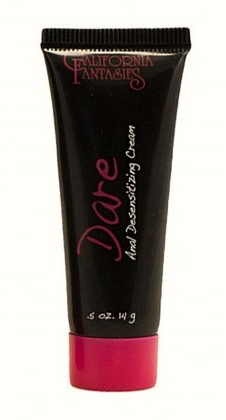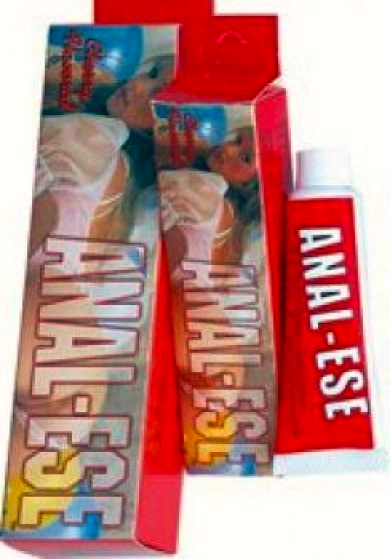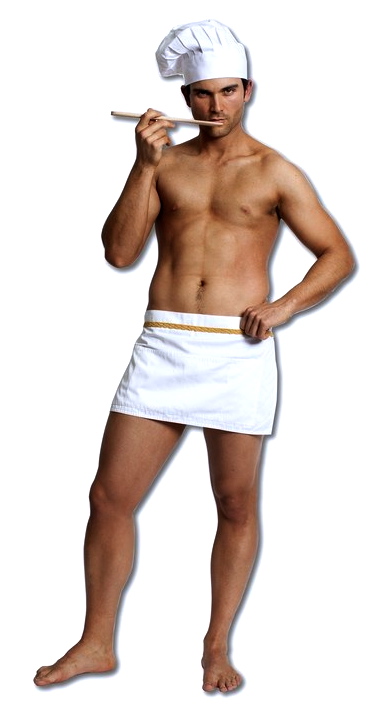An experiment in earnestly healthful food: Kashi® GOLEAN® cereal (from “Kashi: The Seven Whole Grain Company”). From the back of the box:
the perfect choice to help you achieve your healthy lifestyle goals. Just one serving supplies 40% of your daily fiber needs ad 20% of your daily protein needs.
… All natural GOLEAN cereal is a lightly sweetened mix of honey toasted whole grain puffs, crispy soy protein grahams and crunchy fiber twigs.
Puffs, grahams, and twigs. On the front of the box:
Naturally Sweetened Fiber Twigs, Soy Protein Grahams and Honey Puff Cereal
Twigs, grahams, and puff cereal, the last being a variant of puffed cereal, aka puffs. All three terms are “semi-technical terms” from the world of advertising, not terms of ordinary language; twigs seems to be an outright invention in the food context, a metaphorical extension of the arboreal term. In any case, the choice of labels provides a serious tone to go along with the nutritional earnestness of the product.
Here I have to say that those however admirable those twigs, grahams, and puffs are nutritionally, they turn instantly to neutral mush when you add a liquid to them. So it’s only by amending them with more substantial ingredients, like nuts and bits of dried fruit, or adding other cereals with more body to them (granola or muesli) that they become palatable — in which case there’s not much point to the GOLEAN cereal. After two weeks in which I got through only half the box, I consigned the rest to the trash as a failed experiment.
Unlike twigs, grahams and puffs have some history in commercial and technical contexts (parallel in many ways to the cereal term flakes).
Grahams goes back to graham flour and the graham crackers made from this flour:
Graham flour is a type of whole wheat flour named after the American Presbyterian minister Rev. Sylvester Graham (1794–1851), an early advocate for dietary reform. Graham despised the discarding of nutrients and bleaching with alum and chlorine involved in making white flour and white bread, and believed that using all of the grain (without adding chemicals) in the milling of flour and baking of bread, was a remedy for the poor health of his fellow Americans during changes in diet brought on by the Industrial Revolution.
… An alternate story is told by Helen W. Atwater in her work titled Bread and the Principles of Bread Making. She claimed that Graham simply washed the entire grain, then ground it between large millstones. (Wikipedia link)
Eventually we get commercial brands of cereal with grahams treated as the plural of a count noun (referring to the cereal pieces):
Golden Grahams is a brand of breakfast cereal owned by General Mills. It consists of small toasted square-shaped cereal pieces made of whole wheat and corn. The taste is a mix of honey and brown sugar.
Golden Grahams was introduced in 1976, and the earliest TV commercials featured a jingle sung to the tune of the traditional American song “Golden Slippers”. The cereal is still widely available in Europe, USA and Canada. It is produced by General Mills.
It used to be sold in the UK in the early 2000s, until eventually being taken off the shelves because it was banned for the sugar levels it contained. In October 2010, Nestlé began producing Cinnamon and Golden Grahams in the UK again, announced on newly-created Facebook group. So far, they are only available at Tesco, Waitrose, Sainsburys, Morrisons and Asda supermarkets. In line with Nestlé’s other cereal brands, they now contain reduced sugar and are made from whole grain. (Wikipedia link)
As a side note, Golden Grahams had extensive ad campaigns with slogans playing on the name of the product; some of them listed in the Wikipedia entry:
Try those Golden Grahams and have a golden day.
You’re not just good, you’re golden.
Crammed with graham.
How do they cram in all that graham?
Not eating these would be a graham-atical error!
With ridges that rock!
Golden Grahams: So happy together.
It’s gonna be a Golden Grahams day.
Golden Grahams: Go get your own.
Some are cute, some lame.
On to puffs. The OED has puff rice ‘puffed rice’ and the like under puff used as an adjective, but lacks cites for the count noun puff, though that sage is now clearly attested.
The source for the usage is puffed grain:
Puffed grain includes ancient grains such as popcorn as well as puffed rice. Modern puffed grains are often created using high temperature, pressure, and/or extrusion.
Ingredients for puffed rice can be as simple as rice alone and with salt for taste.
… High pressure puffed grain is created by placing whole grains under high pressure with steam in a containment vessel. When the vessel’s seal is suddenly broken, the entrained steam then flashes and bloats the endosperm of the kernel, increasing its volume to many times its original size. (Wikipedia link)
The article lists the following puffable grains: amaranth, maize/corn, rice, wheat, sorghum, millet, barley, kamut, spelt, and buckwheat; plus puffable non-grains: soybeans, makhana [a fruit], and quinoa.
So we get Puffed Rice and Puffed Wheat cereals, and then Cocoa Puffs:
Cocoa Puffs® Cereal : Go Cuckoo for Cocoa Puffs®!
Since 1958, kids across America have been going “Cuckoo for Cocoa Puffs!” Cocoa Puffs cereal is made with 12 grams of whole grain per serving and fortified with 12 vitamins and minerals, moms can feel good about having their families enjoy the rich, chocolaty taste that drives Sonny wild. (link to commercial puffery)
Later came, omigod, a chocolate peanut butter version:
Reese’s Puffs (formerly Reese’s Peanut Butter Puffs) is a breakfast cereal manufactured by General Mills. Originally consisting of Hershey’s chocolate with Reese’s peanut butter flavored corn puffs, the two flavors were later separated as individual puffs in the same cereal. The cereal is based on the original candy. The breakfast cereal was first launched in 1994. (Wikipedia link)
Meanwhile, on the healthful front, we have from Kashi, 7 Whole Grain Cereals: Puffs (“Enjoy the pure simplicity of our tasty 7 Whole Grain & Sesame blend in toasty flakes, hearty puffs, or crunchy nuggets”). Plus Kamut Puffs and Millet Puffs from the Nature’s Path firm, not to mention Malt-O-Meal Golden Puffs (puffed wheat under another name).
(Notice that nuggets has joined the other cereal-bit terms.)









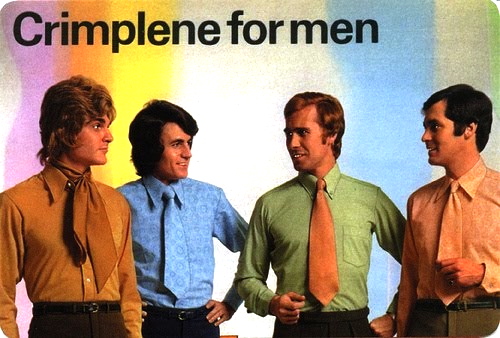

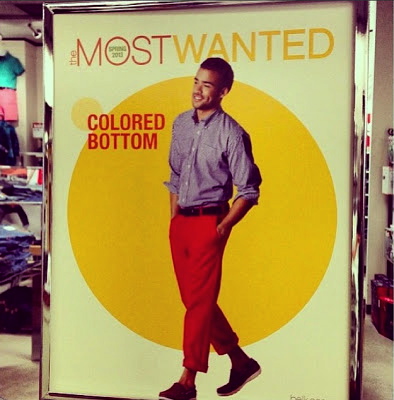














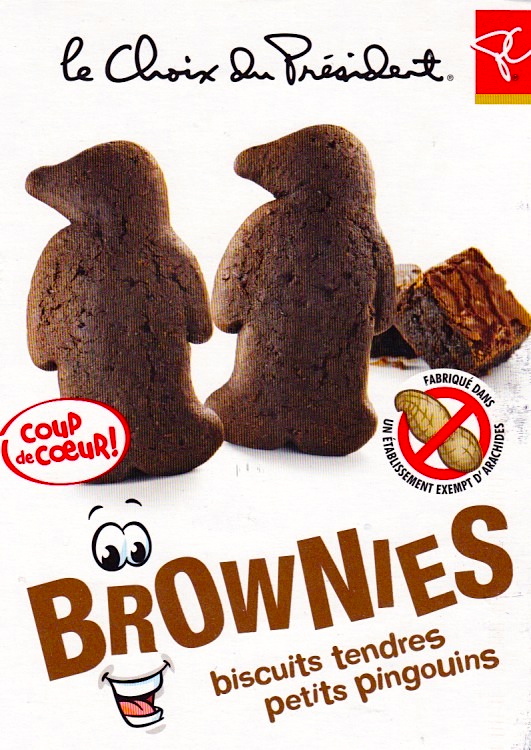

 ]
]

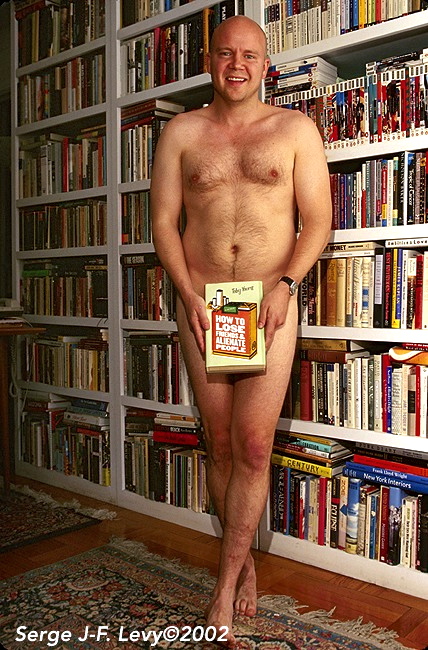





 (#1)
(#1) (#2)
(#2)
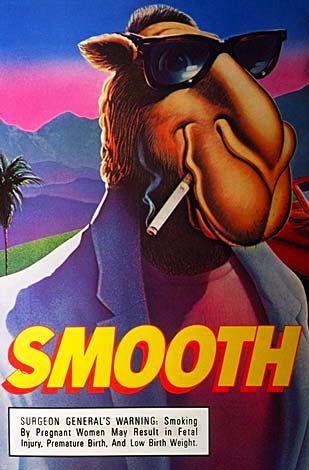 (#4)
(#4) (#5)
(#5)










